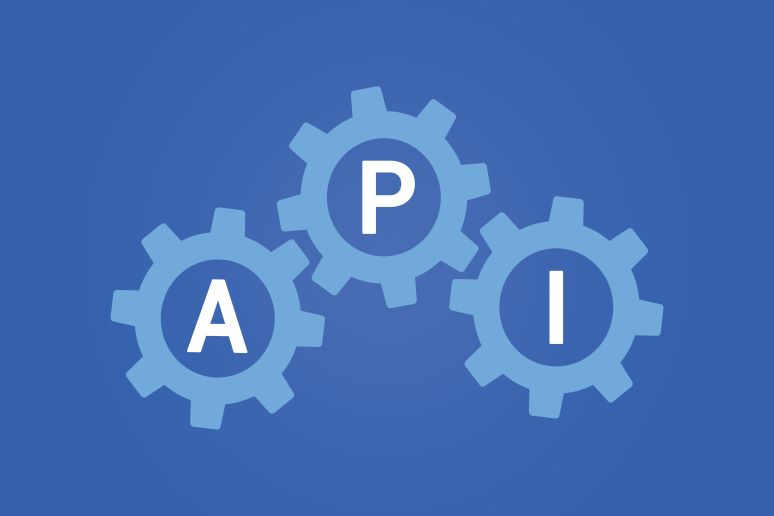Our industry tends to view “collaboration” as something that takes place among people using a combination of devices and applications to communicate with each other in ways that satisfy at least a portion of the human need for connection. That’s been the template for remote work during the pandemic, and the current generation of communications/collaboration technology has worked well to fill this need.
But face-to-face communication is only one medium that people use to get work done together. Much of enterprise collaboration gets mediated through business processes that are, themselves, participants in the communications scenarios that end users live out on a daily basis. And that can get complicated.
Last week I moderated a webinar, “
How to Transform Your Organization to an Event-Driven and Composable Enterprise,” featuring analyst Zeus Kerravala of ZK Research and Steve Wood, VP of product, developer platform at Slack, which sponsored the webinar. Zeus and Steve focused on those two concepts of “event-driven” and “composable” to paint a picture of what collaboration might look like when communications functions can be woven in with business processes. It was very much in keeping with the vision Sheila McGee-Smith, of McGee-Smith Analytics, describes in her
No Jitter post from last week.
As Sheila notes in her post, the idea of “communications-enabled business processes” isn’t new; its acronym CEBP had a brief turn in the spotlight a several years ago, but we didn’t see much of it actually happen in the real world. CEBP scenarios tended to imagine communications largely as an exception-handling function — when the automated business processes detected a threshold being exceeded, a call or message would go out to the human who would need to address the problem.
That’s still a potential scenario in the “event-driven” world Slack envisions, as that term would suggest. During the webinar, Steve described how a pharma company might have a process for alerting appropriate employees if a refrigerator went out, threatening proper storage of medicines.
But Slack envisions a deeper integration of business processes. Given that Slack has always been most beloved among developers, it’s not surprising that their case studies focus heavily on early wins in this area. For example, Steve offered a case study in which HSBC bank created a Slack bot to be “the glue that brings together GitHub, Jenkins, and Jira Cloud, allowing all three apps to operate entirely within Slack.”
This composability allows enterprises to quickly update and adapt their workflows internally, rather than, say, bringing in a large consultant firm whose typical solution, Zeus said, is to build a custom app. The problem with that solution is, things change faster than such a large project can be completed. “That model doesn’t scale any more,” he said.
Putting the Slack platform at the heart of this concept of the composable enterprise gives us an interesting view of where the erstwhile startup/team collaboration pioneer may evolve in the wake of its acquisition by Salesforce. Marc Benioff, CEO of Salesforce,
declared last June that his company would “rebuild all of our technology … to become Slack-first.” The opportunities to use Slack on the back end to help integrate Salesforce with other applications at a deeper level, where communications is inherently a part of the integration, is certainly intriguing.
If you want to learn more about this idea of the “composable enterprise,” I’d encourage you to check out Enterprise Connect 2021. Zeus will be leading a session on this topic, and Steve will be one of his panelists. You can find out more about the session
here and the event
here; if you register, use the No Jitter promo code
NJAL200 to save $200 off the current rate.










